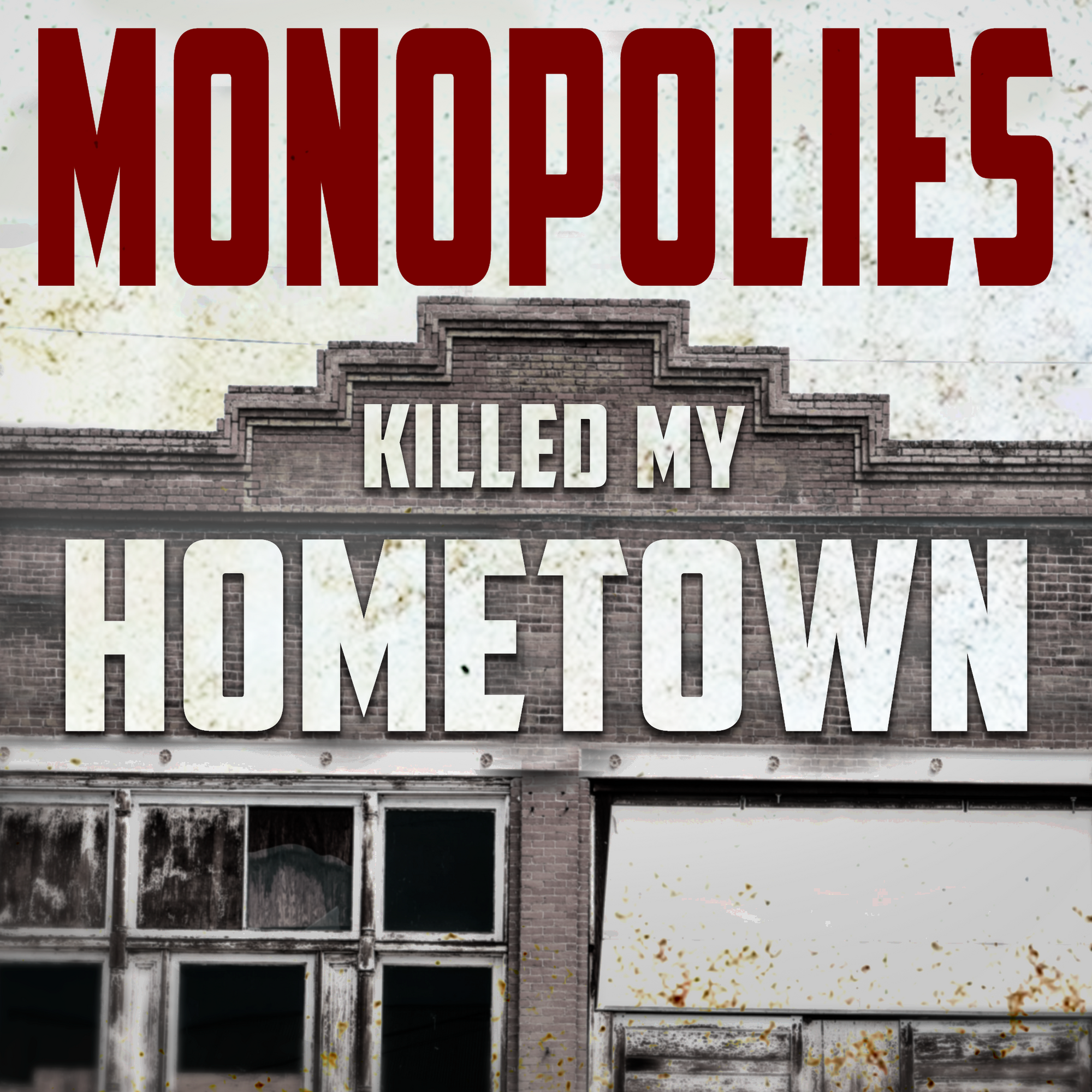Running With A Discman


I moved back to Amherst in 2015. I was 34 years old, my business was 5, and my daughter less than 1 year old. I set up a meeting with the Economic Development Officer for the Town of Amherst.
I sat down in his office in Town Hall, and the first thing he said to me was:
“In 1991, your father wrote the best economic development strategy for Cumberland County I’ve read. In fact, I still have a copy of it in my drawer and refer to it often.”
My father was a business consultant and he did a lot of work with the local economic development agencies. The compliment was fantastic to hear. We had our meeting, and I left.
But, later that day I stopped and thought:
“That strategy is 24 years old. If it hasn’t worked in the last 24 years, why would it work now?”
There have been a lot of hardworking, educated, motivated people who have tried to execute that strategy, or very similar strategies, over the last 24 years. Despite their efforts, our economic condition hasn’t improved significantly.
More questions, fewer answers:
This question rattled around in my brain for months. I wasn’t finding any answers, just more questions:
Does a strategy work if we still need it 24 years later?
Organizations always seem to be making 5-year strategic plans; why aren’t they making 24-year strategic plans?
If we are still relying on the same strategy 24 years later, did the strategy identify the root causes or did it look to address symptoms?
Has anyone asked these questions yet?
Using this old strategy felt like me showing up at my next 10k road race with my Discman in one hand and my CaseLogic folder of burnt CDs in the other. If this ever did happen, I would hope that someone would pull me aside, show me an iPod, and tell me know we solved the CD skipping issues.
But, what is economic development for?
I talked with my father about these questions. We came to the conclusion that the goals of an individual business are the same in every era:
find customers;
provide a product or service above cost; and
manage cash flow, expenses and staff to make a sustainable profit.
But the overall economic, political, and societal conditions that businesses operate in change significantly depending on the decade, and definitely over a 24 year period. Economic development strategies would need to adjust for these changes.
For example:
A strategy written in 1941 had to factor in the ongoing World War, so it would have little relevance in 1965.
1935 was the Great Depression – not much of an active consideration in 1959.
Business people in 1975 were dealing with stagflation, and in 1951 they were not.
Interest rates in 1985 were still around 13% and recovering from the highs in the early 80’s. 1961 didn’t have these interest rate problems.
1995 was 4 years after NAFTA was signed. Similar free trade agreements didn’t exist in 1971.
To me this is what economic development is for. To work together to help businesses and communities deal with situations that require collective action to overcome. This could be group training for businesses, regional marketing efforts, lobbying to governments for action, or other support to deal with greater systemic challenges that one business can not tackle alone.
There are always systemic challenges – we never solve them all. We just need to consistently update our economic development strategies as the systemic challenges change.
Why is a 24 year old economic development strategy still relevant to businesses, communities, and the government today?
This relevancy suggests that the systemic challenges we are dealing with haven’t changed.
Why not?
My previous story about the Economic Development Officer is fun, but it is still just anecdotal. I needed to look more into this.
Let’s look at Nova Scotia’s latest economic strategies:
In 1991, the Nova Scotia Government mandated the Voluntary Planning Board to create an economic strategy called ‘Creating Our Own Future – A Nova Scotia Economic Strategy’.((Long story, but in cleaning out my parent’s attic I found a hard copy of this report. If you’re interested you can download my scanned copy.)) For comparison, I also reviewed the 2014 Now-or-Never Report (better known as the Ivany Report), which is the latest economic strategy created for the Nova Scotia Government.((I’m looking forward to a much more detailed comparison of the two reports.))
For my theory, that the economic conditions haven’t changed much in the last 23 years, to be correct((The Ivany Report was written before COVID-19. In my mind, COVID-19 should be included as one of these major changes. We should have a new economic strategy post-COVID that identifies and deals with the problems we didn’t address previously. I’ll think and write more about this as I move forward with the newsletter.)), both of these reports should:
describe similar problems to be solved;
identify that we still need to solve the same problems;
And then:
offer the same or similar solutions;((Something keeps reminding me of the definition of insanity.))
The 2014 Commissioner’s Foreward
The Commissioner’s Foreword in the 2014 Ivany Report indicates that my theory may be correct. They take this quote from the 1991 report:
“Major socioeconomic changes are making Nova Scotia weaker and more dependent. If we are to halt the slide, we must change – and quickly – the way we finance our standard of living. We are at a crossroads. The world is changing. We must change too or face the consequences.” ((Now-or-Never report, p. vi))
These “major socioeconomic changes” include:
globalization of trade
technological change
environmental issues
shrinking federal fiscal transfers
heavy indebtedness of the provincial government((Now-or-Never report, p. vi))
The Commissioners for the Ivany Report then commented:
“The evidence gathered by our Commission over the past year [2013-2014] would indicate that this wise advice was not fully understood and embraced and that the slide did not halt. Alarms continue to be sounded… And there have been more reports and studies proposing new ideas and concerted action to turn the economy around ‘before it is too late.”((Now-or-Never report, p. vi))
These comments suggest that the problems described in the 1991 report were not solved, and still need to be solved 24 years later. The Commissioners didn’t list new problems or challenges for us to solve – they’re suggesting we still need to resolve those same problems!!((I need to do a much more in-depth comparison of the two reports to see if the solutions are the same or similar, so I can’t offer an answer on point #3 yet. ))
So, what?
This leads me to believe that we didn’t identify the root cause of our economic challenges and ultimately didn’t address them. Until we identify and deal with these root causes, ‘the slide’ will continue and our small towns and our small businesses will continue to suffer.((Spoiler alert – the root cause is monopolies and the financialization of everything))
Through this Newsletter and the Center for Small Town Success I want to explore and share why I believe the economic challenges we need to solve are the ongoing corporate concentration issues, the financialization of everything, and the power imbalances that come with these situations.
We need to create 2021 solutions for these problems, and not carry on recycling 1997 ideas.

Member discussion